4 Myths to Debunk Before You Consider Declawing Your Cat
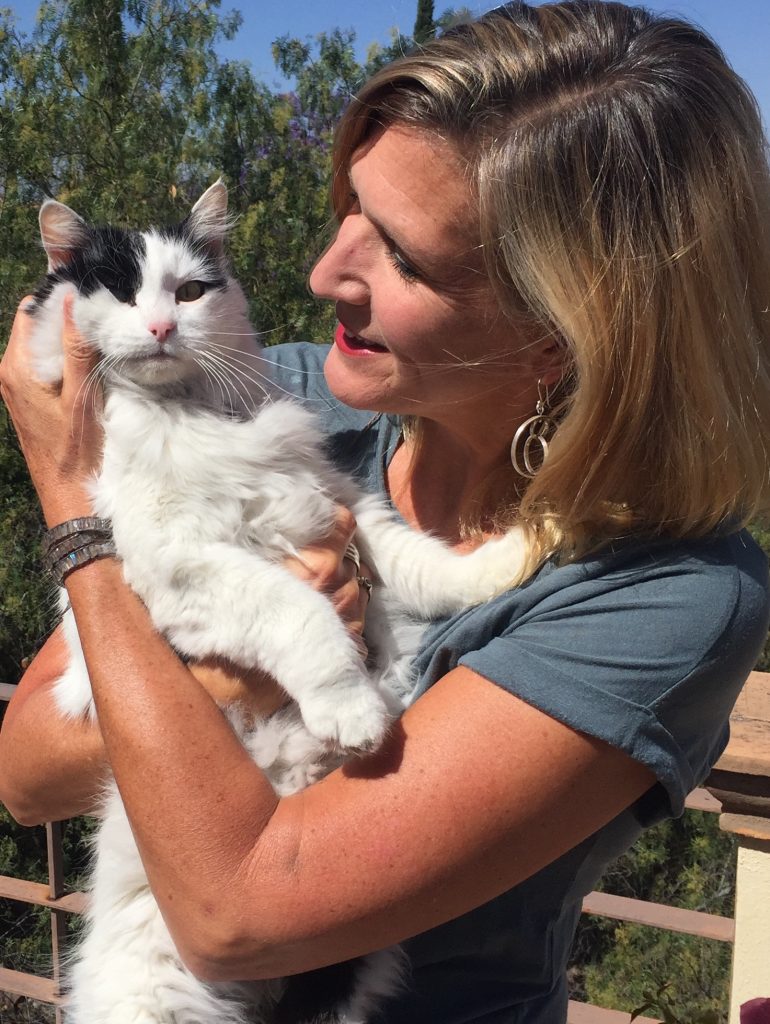
As one of the many veterinarians who refuses to perform declawing surgery, I feel that I’ve heard all the excuses under the sun as to why cats should be declawed. Or, at least, what people thought they knew about declawing. Many people are shocked to learn how awful declawing actually is, and wonder why it was the norm for so long.
West Virginia, Please Ban Declawing And Save Cats From This Cruelty

Quote from West Virginia pro-declaw veterinarians, “You are right when you state there are those who would like to make declawing illegal. Many of those opinions have been formed by misinformation and what I call “internet-hype.” When performed properly, the declaw procedure results in no harmful side effects. In our experience, the cats have no higher incidence of any behavioral problems, which is in direct contrast to some of the fabrications that are now circulating. “
AAFP, Cat Friendly Should Be Reserved For Vets Who Don’t Declaw Cats

Dear American Association of Feline Practitioners (AAFP), “Cat Friendly” should mean exactly that and should be reserved for vets who actually don’t declaw cats. PLEASE SIGN OUR PETITION TO AAFP- AAFP PETITION “Surgical declawing is the removal of the nail at its base. This is done under general anesthesia and there is very little post-surgical […]
Buddy The Declawed Cat
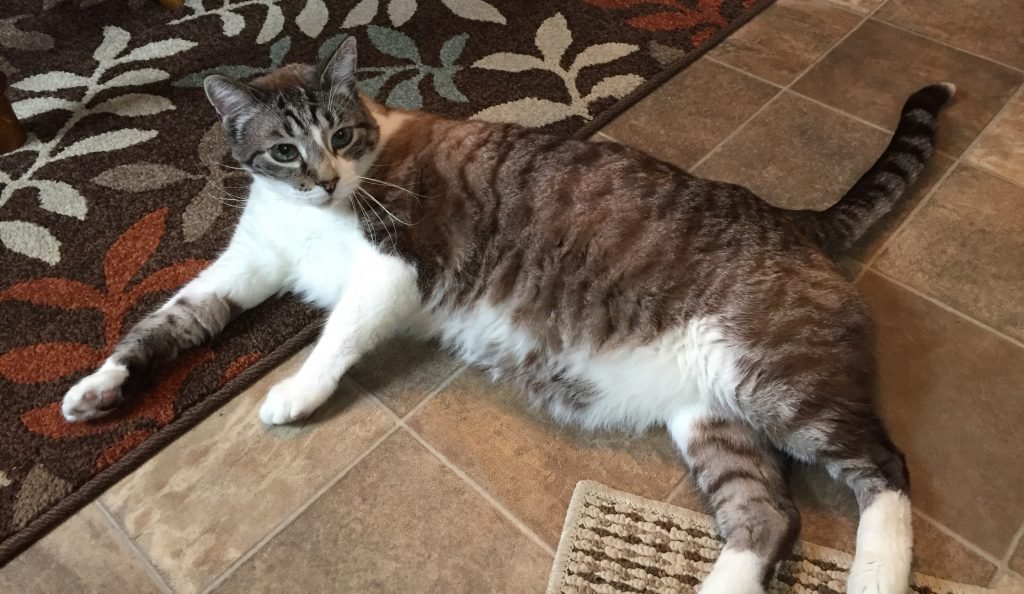
The cat’s paws were scarred deeply in the back, with declawed stumps in the front. Affectionately known as “Buddy”, the cat pees outside the litter box, and is a powerful biter. It’s obvious why his owners threw him out of the house. How he survived outdoors was truly a miracle.
My Veterinarian Accidentally Declawed My Cat
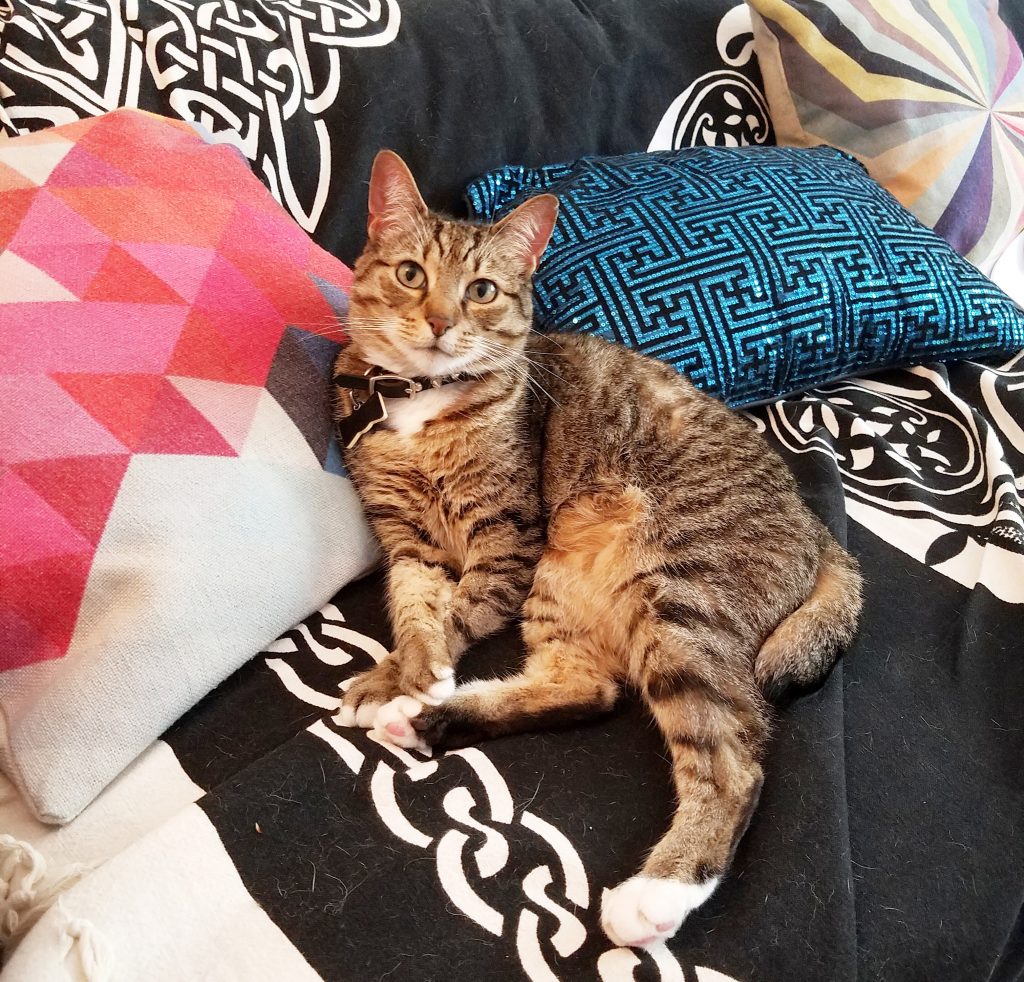
He was a fun and spunky kitten. At seven months old, I was able to get a voucher for a reduced cost neuter. I took him to the vet to have the procedure done. They let me know that I could pick him up at the end of the day. I had a sense of dread all day and when I didn’t hear from them, I called to make sure I could come pick him up. They informed me that he had his first procedure and was doing well and his neuter was scheduled for later. I was confused and asked what she was talking about.
When she said his front paws were declawed, I lost it. I was so angry and upset that I don’t remember what I said. That anger grew when she said “Sorry. We mistook him for another cat.”
A True Advocate For All Animals
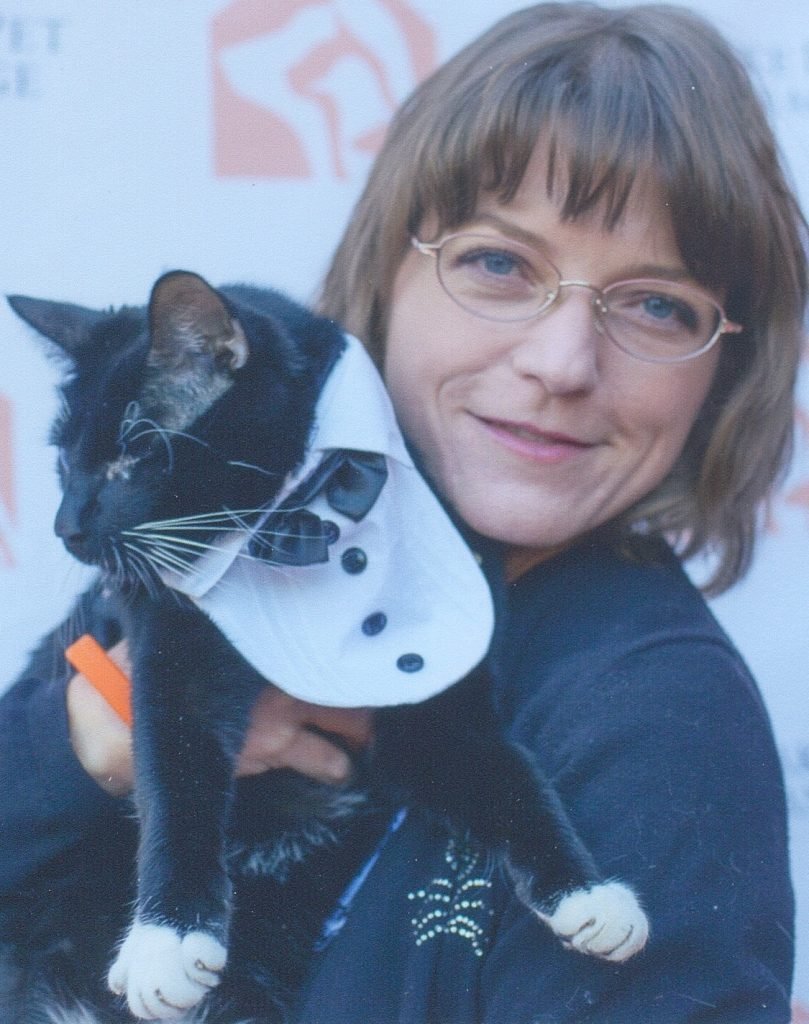
I have been a veterinarian for 20 years, 16 of which have been in 100% feline practice, and I have never had anyone threaten to euthanize or relinquish their cat because of clawing behavior. The behavior problems that I have seen result in euthanasia or abandonment are inappropriate elimination and biting, which I see far more often in declawed than clawed cats.
I have always been adamantly opposed to declawing and have found that if I simply tell people that it requires amputating the last bone on every toe, the vast majority of clients do not want to do it. Most people really do love their cats, and they don’t want to hurt them, but they haven’t been informed about the procedure.
I always counsel people about having appropriate scratching posts, trimming nails, and using Soft Paws. It does require some effort, but so do most things worth having in life.
Beware, the Banality of Evil
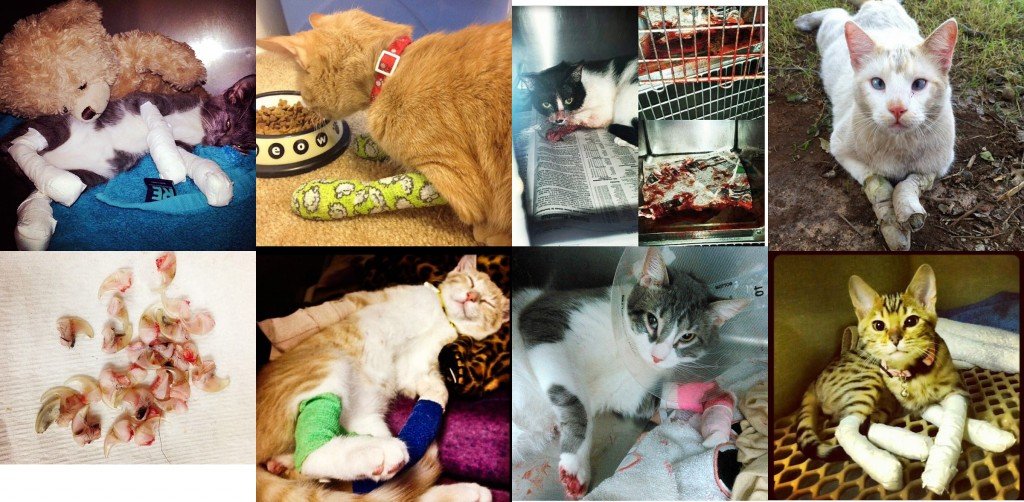
Beware, the banality of evil.
Some old time vets will hang on to the past, using antiquated techniques and medications, because that’s what “they were taught.” They don’t question what is “normal.” Other vets are more innovative and want veterinary medicine to be as progressive as human medicine. State of the art medicine and diagnostics can really help save lives. These vets are willing to learn new, life-saving techniques and medications and therefore eschew the old, the less effective or inhumane.
Purina & Declawing Veterinarians – A Mutually Beneficial Relationship
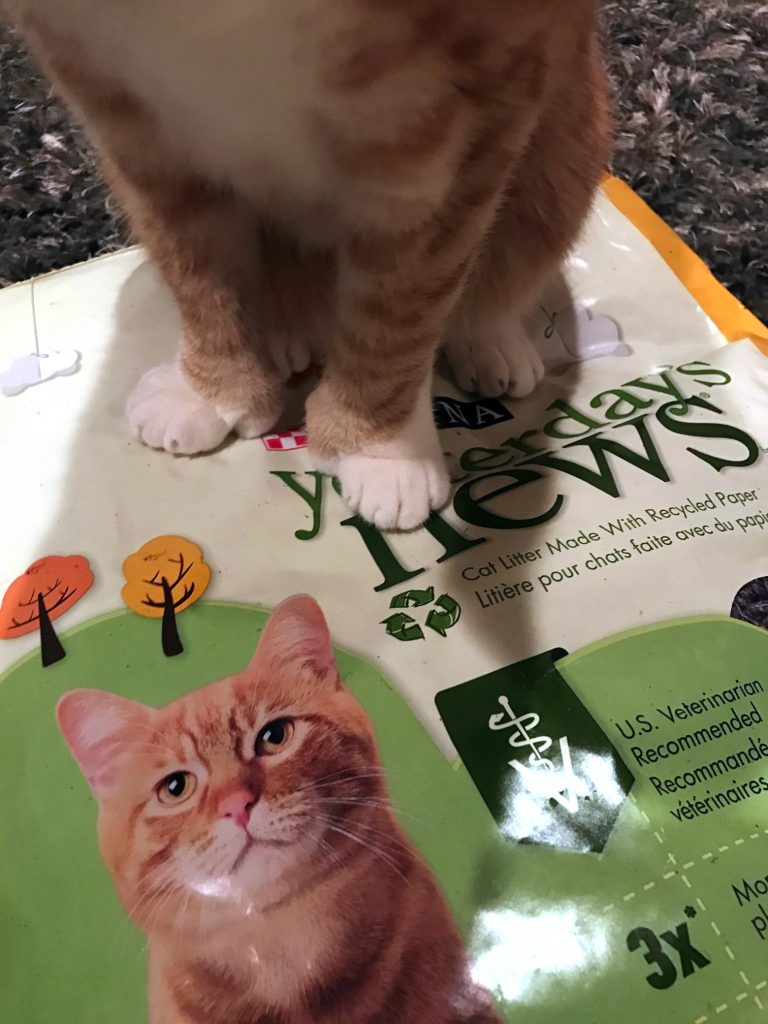
Here are examples of how pro-declaw vets and Purina have a mutually beneficial relationship and how they are profiting from this very inhumane and cruel procedure.
New Jersey Veterinarian Says Declawing Is Malpractice

The veterinary professional organizations have not recognized onychectomy for what it really is: malpractice.
For a veterinarian to harm an animal and with no physical benefit to that animal is
tantamount to malpractice. Despite cautions to their members for decades, professional
veterinary associations have not effectively reined in their veterinarians from performing routine
onychectomy.
In 2017 the NJVMA Said Only A Small Number of Declaws Are Performed & They Are Safe & Virtually Painless
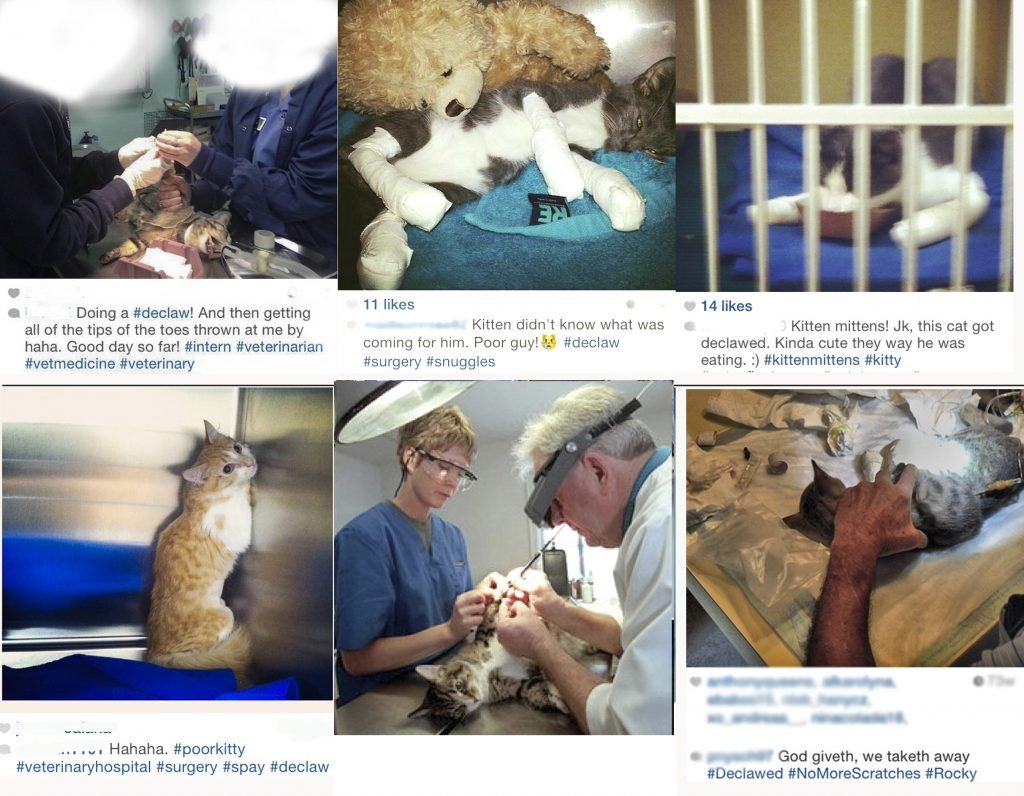
The NJVMA has to lie and use fake facts to protect their right to declaw cats.
It’s almost as if they know there is no good reason to declaw but are trying to convince themselves that it’s ok to still make money from mutilating cats.
